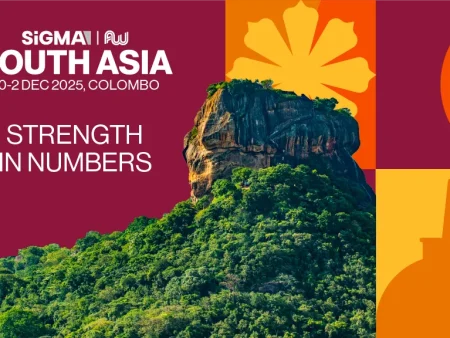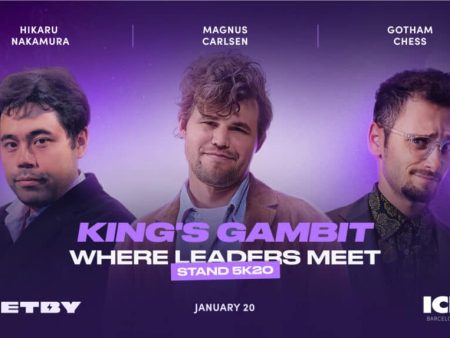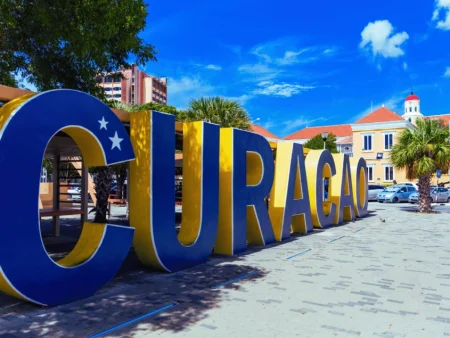This year, the landscape of Latin American iGaming has undergone an extraordinary metamorphosis. It emerges as one of the most dynamic and fastest-growing regions in the global gaming industry.

Blask, an AI-driven market analytics company, conducted a comprehensive analysis. It examines the market evolution from January to September of this year. The analysis reveals unparalleled growth patterns. It also highlights shifting market dynamics that are reshaping the future of digital gaming in the Americas.
One of the most compelling success stories in digital entertainment history is being represented by the transformation of Latin America into a global iGaming powerhouse. The region has become a crucible of innovation and opportunity with a combined population exceeding 650 million and a quick expanding middle class.
Several key factors are being underpinned by the explosive growth of the market. First is smartphone penetration exceeding 85% in major urban centers. Second, digital payment adoption rates growing by 40% year-over-year. Third, regulatory frameworks evolving at unprecedented speed. Fourth, youth demographic embracing mobile gaming technologies.
With Brazil’s landmark gaming legislation setting a new standard for the region, the regulatory landscape has undergone a seismic shift. This has triggered a domino effect and encouraging neighboring countries to modernize their frameworks. The market’s sophistication is evident in the adoption of cutting-edge technologies. These range from blockchain-based payment solutions to AI-powered customer service. It creates an ecosystem that rivals established markets in Europe, as well as Asia.
The ascendance of Brazil in the iGaming sphere has been nothing short of meteoric. The Blask Index surge of the country from 169 million to 216 million represents more than just numbers. It reflects fundamental shift in consumer behavior and market maturity. Brazil’s eGGR range started with a minimum of $216 million and a maximum of $1.1 billion last January. This is with an average of $433 million. September showed continued growth. The range expanded from $238 million to $1.2 billion. The average also increased to $47 million.


